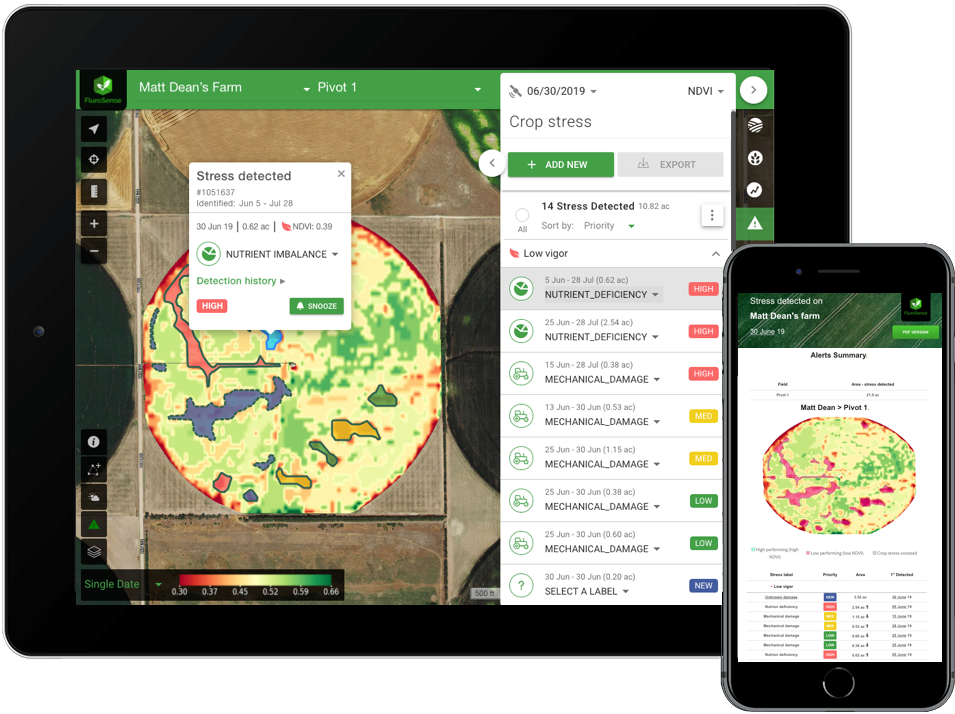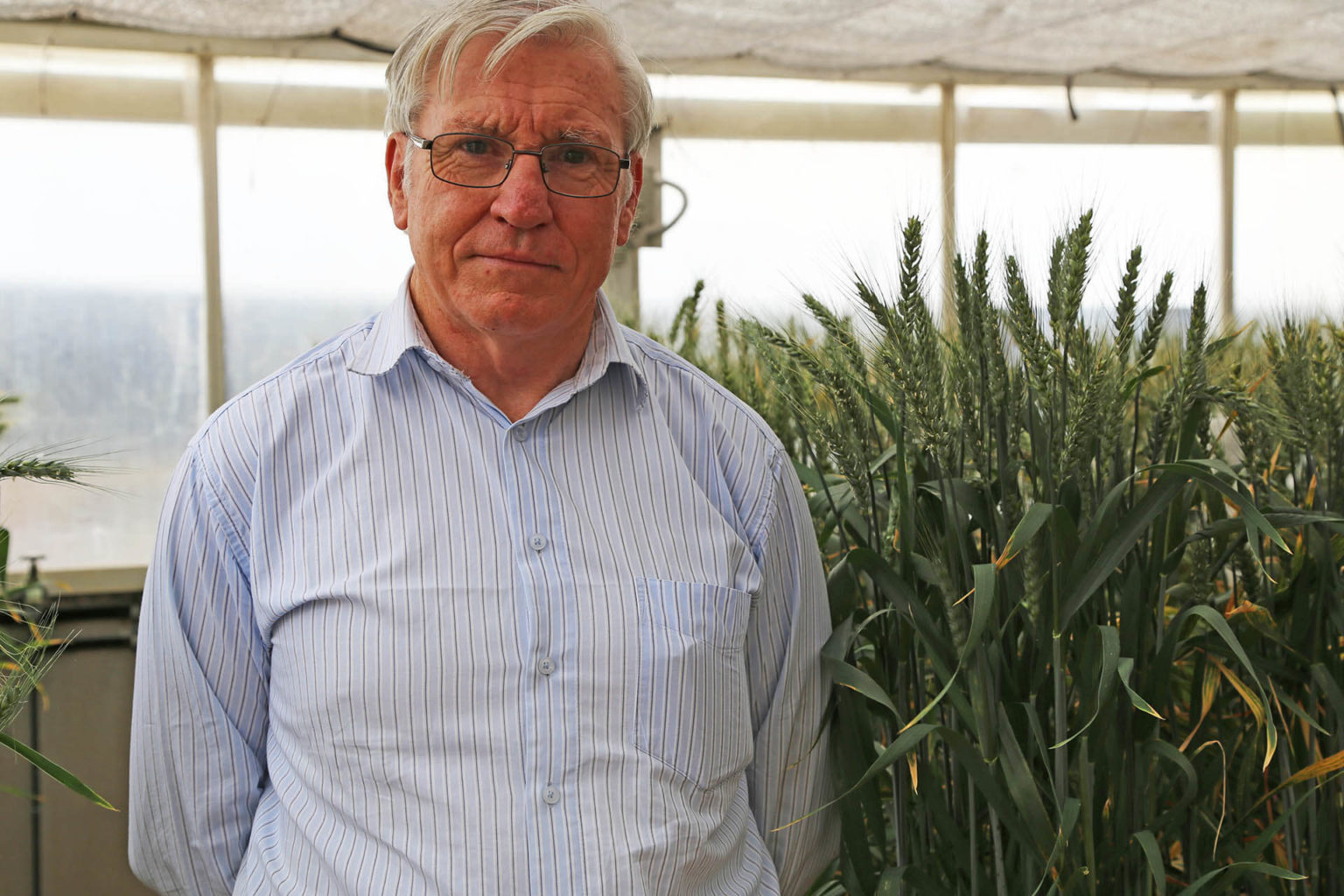The University of Adelaide’s School of Agriculture, Food and Wine provides a world-class concentration of scientific research, education and infrastructure at the Waite campus of the University of Adelaide.

Republished from the FluroSat website
With science education and research at its heart, it should not be surprising that the School keeps up with the latest ag technologies and incorporates them into its students program. This enables the students to use the latest technology not only in its research programs and assessments, but also to have first-hand exposure to the tools that are used by agronomic professionals and agribusinesses out in the field.
FluroSense, an advanced agronomic analytics engine that FluroSat’s team of agricultural scientists, engineers and data scientists developed – is one of them.
The importance of connecting classrooms to the real world of agriculture has always been emphasised by the University and not to be underestimated. This runs synonymous to FluroSat’s vision of bringing the world’s best work from the lab to the field so that more agronomists and growers could benefit from the extensive research and development work from scientists.
“Most of our graduates find jobs in industry and so we felt it is important to provide students with experience with some of the modern technologies and platforms that are being used increasingly,” said Associate Professor Glenn McDonald.

As part of the Agronomy course run by the School, students monitored the crop growth of commercial barley and wheat crops on the University’s farm at Roseworthy, to describe the variability in the paddock and explain the reasons for the variation in growth. Students used FluroSense to identify areas of good and poor growth and then monitored the growth over the growing season using the various tools in FluroSense.
The results were ground-truthed by regular visits to the paddock to observe potential problems with weeds and disease and by taking soil and plant samples. The students then had to submit a research report detailing their findings.

Associate Professor Glenn McDonald
“Through the use of FluroSense, students observed the effect of soil type on crop growth over the season and how areas of good and poor growth can change depending on available moisture,” Associate Professor Glenn McDonald said.
“The exercise also demonstrated the importance of ground-truthing the images to confirm the causes of the variability; for example, in some paddocks, high growth areas were associated with high weed infestations, not with better crop growth.
“The Crop Stress app was found to be effective in identifying areas of poor growth crop growth which were then assessed to identify crop growth constraints. It’s easy to zone the paddocks for in-season management of inputs such as nitrogen after ground-truthing has been undertaken.”
At the end of the course, students filled in short surveys sharing the experience of using FluroSense with the FluroSat team, and providing helpful feedback. Based on 30 surveys, majority of the students have found FluroSense “easy to use“, “handy“, “useful tool” for “implementing variable rate applications“, “identifying areas of good/poor growth” and “analysing the crop development across the season“.
Students have particularly enjoyed the tools that made the data “talk”, such as the “Analytics tool” that plots charts of vegetation indices for any location int he field, and “provides a representation of the entire growing season” in addition to using the “weather data and crop growth stages overlay”.
The team at FluroSat is continuously working on improving the product and getting the feedback from the future generation of agronomists who are just learning to use the digital agronomy tools is extremely helpful and rewarding! FluroSat will continue to support University of Adelaide’s School of Agriculture by providing the FluroSense platform to its students.
